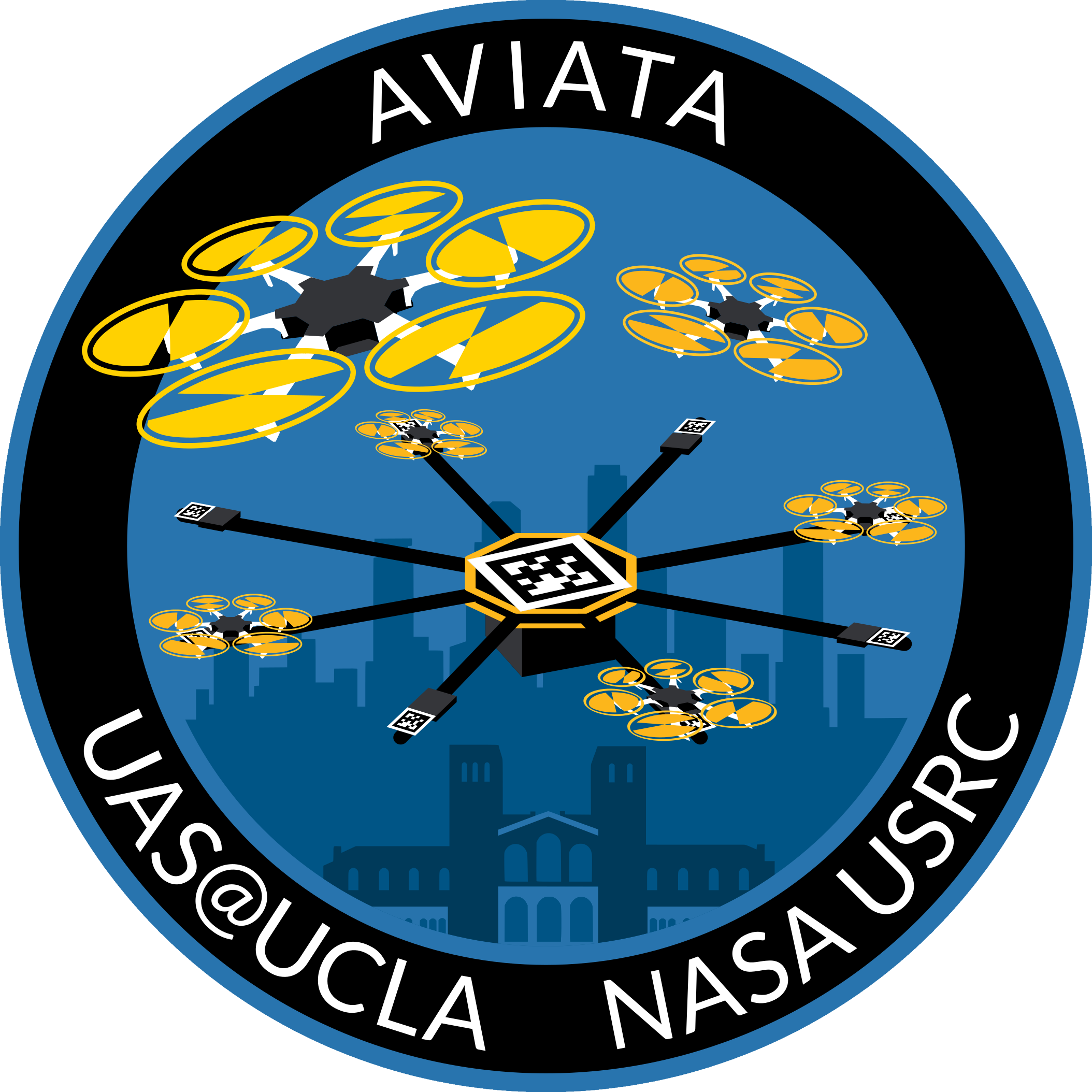
Update #8: Janurary 29, 2021
Hardware Design
Author: Willy Teav
As our Critical Design Review (CDR) approaches, the airframe team is beginning the process
of testing the mechanical components of the system. Specifically, we are looking into testing the docking
joints, the carbon fiber spars, the target mounts, and the payload mount.
The docking joints will undergo
testing for both performance and durability. Our objectives are to identify the amount of alignment error we can
afford during docking and how much stress the docking mechanism can withstand. To get a more thorough
understanding of how much alignment error we can afford, we will be taking a statistical approach to analyzing
our results, meaning that we are looking for a success rate for each of our different test conditions.
Our
carbon fiber spars will be treated as a cantilever beam. We will be attempting to apply a load at one end of the
spar that is about the same as the max thrust exerted by one of the hexacopters.
Our objective with regards
to the target mount it to figure out if it is rigid enough to ensure AprilTag detection during flight. We will
try to simulate the flight conditions by using a wind-making device.
Finally, we want to test the payload
mount and container to make sure that there is no significant movement during flight that could affect flight
dynamics by changing the center of gravity or by inducing oscillations. We will test this by taking and
comparing accelerometer readings from the payload and the payload's container.
Software Design
Author: Yuchen Yao
This week the team had a meeting with one of our alumni and discussed testings for different
parts of the system and integration. He provided many useful insights regarding the degree of tests that we
should perform before putting all of the components together given his expertise in this field. A lot of the
discussions focused on making the tests more automated and rigorous so that we can better prepare for more
unexpected situations in physical tests. The test-driven development he proposed was not only useful in our
current stage of development but also for future projects.
For the incoming CDR, each team has planned a
series of tests that would demonstrate the capabilities of individual systems. The controls team will show that
the leader drone is able to send commands to the follower drones. The docking team will use on-board Raspberry
Pi and camera to guide the drone to autonomously find and land on the target. The Comms team will demonstrate
direct and multi-hop inter-drone communication ability and network performance of the OONF framework. Each team
is actively designing tests and performing them to get each part of the system ready for integration.
Afterword
With our Critical Design Review coming in 2 weeks' time, we'll be taking a short break from
blogs. Our next one will come after the CDR on the 19th, to give us more time to focus on testing. Look out for
an update the following week on how our testing and CDR presentation went!
Acknowledgment
These results are based upon work supported by the NASA Aeronautics Research Mission
Directorate under award number 80NSSC20K1452. This material is based upon a proposal tentatively selected by
NASA for a grant award of $10,811, subject to successful crowdfunding. Any opinions, findings, and conclusions
or recommendations expressed in this material are those of the authors and do not necessarily reflect the views
of NASA.
 Join
Calendar
Officers
Gallery
Tools
Join
Calendar
Officers
Gallery
Tools
